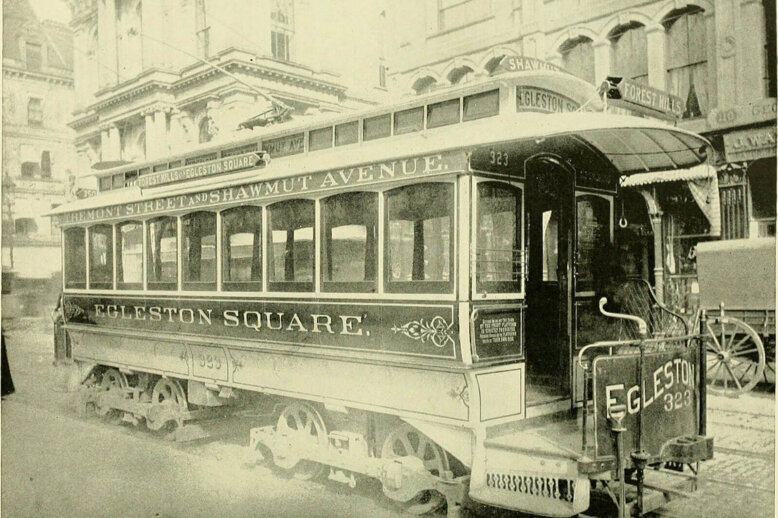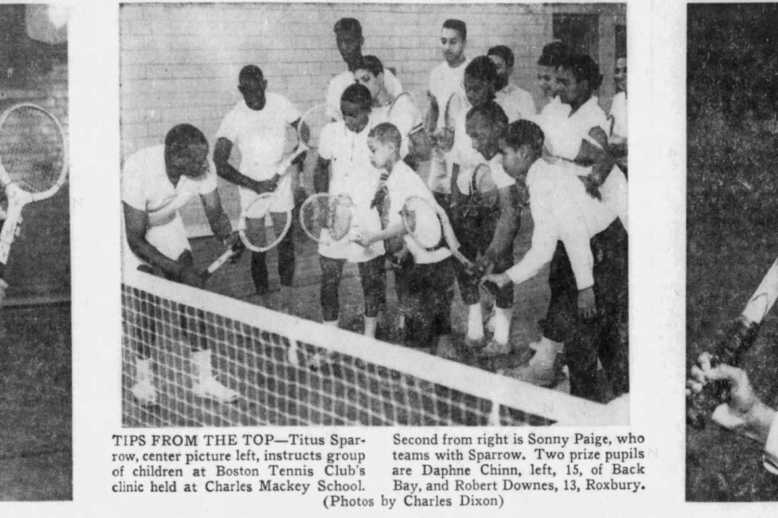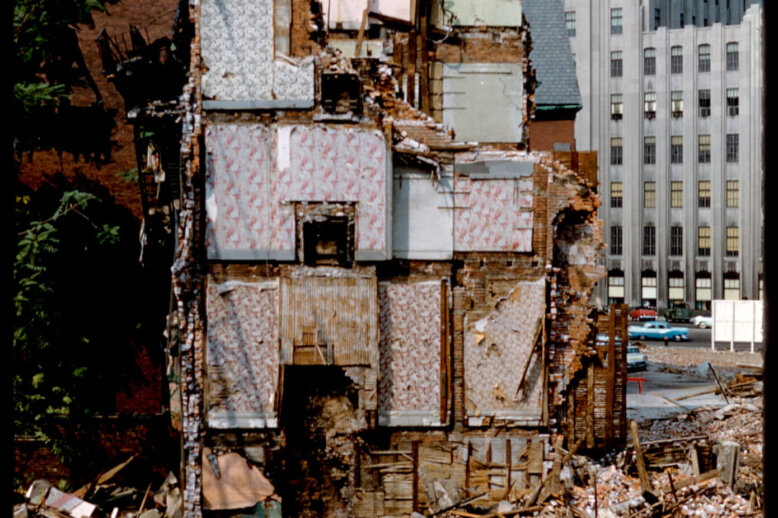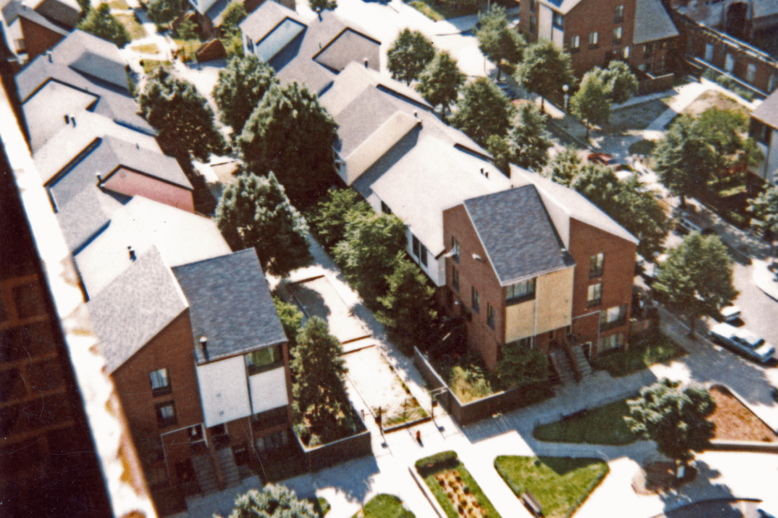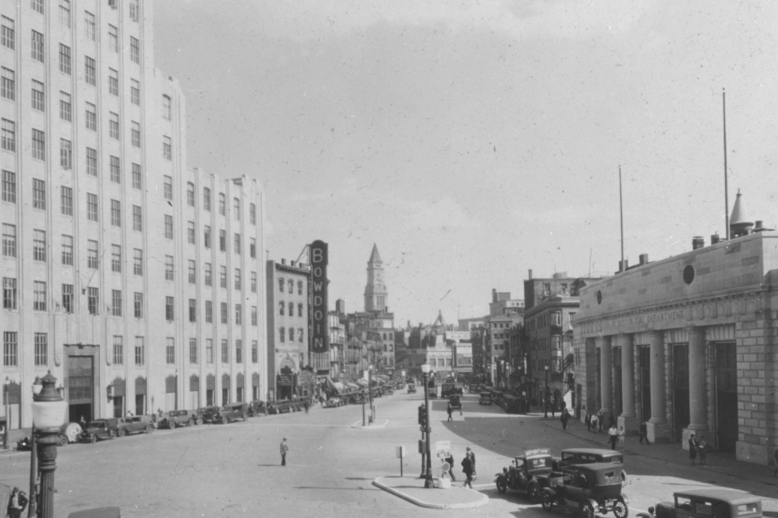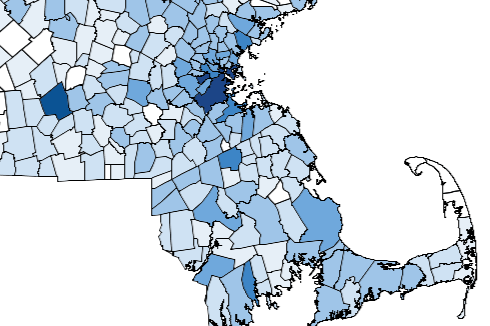Era: Modern (~1995-present)
The West End today
How The West End Meets the World: Mass Transit that Shapes the Neighborhood Tens of thousands of people traverse the West End neighborhood every day without even knowing it. The West End has been home to rail links connecting Boston with North Shore communities and the rest of northern New England for over a century.…
Titus Sparrow: The Tennis Ace who Brought Courts Back to Boston Renowned tennis player and Boston native, Titus Sparrow (1908-1974), recognized that a city owed its residents more than just roads and bridges. During a long career in which he taught hundreds of young tennis players, Sparrow advocated for public tennis courts for all neighborhoods.…
Edmund L. Mitchell: Photographer of a Changing Boston With over 5,700 photographs, the Edmund L. Mitchell Collection, now housed at the Boston Public Library, offers a snapshot of Boston and the West End in a period of transition. As an amateur photographer, Mitchell nonetheless captured the city as it became something new. Edmund Lombard Mitchell…
Charles Street Jail stands as a landmark of major national significance, both as a key example of the Boston Granite Style of architecture and as the embodiment of mid-nineteenth-century penal reform movements. The jail’s history was marked by dramatic shifts: initially celebrated as an architectural and reformist triumph at its opening in 1851; later decried for its “cruel and unusual” conditions in the 20th century, prompting its closure; before being reinvented as a luxury hotel in the 21st century.
During the mid-20th century, Boston targeted the South End for urban renewal, alongside the West End and other low-income communities across the city. Responding to impending displacement, the South End’s Puerto Rican residents organized to take control of their community’s destiny, forming the Emergency Tenants’ Council (ETC) and successfully negotiating the right to redevelop the land themselves. The result was Villa Victoria—a community-planned and operated housing development that would become the center of Latino life and culture in the South End. Unlike top-down redevelopment schemes that displaced residents, as happened in the West End, Villa Victoria emerged from the community’s own vision and struggle.
Bowdoin Square has gone through many phases, including rapid development, growing population, changing fortunes, urban renewal, and attempts at revitalization. Today the name survives mainly in the name of an MBTA station, but examination of Bowdoin Square provides insight into two and a half centuries of Boston history. This article, the second part of two, covers the history of the square in the twentieth and twenty-first centuries.
The story of urban renewal in the West End is a complex one, marked by both ambitious plans and challenging realities when it comes to affordable housing. Over the past seventy years, the West End has served as a cautionary tale, full of broken promises and ongoing struggles for income-restricted housing. More recent efforts, such as the affordable housing initiative that is part of the redevelopment of the West End branch of the Boston Public Library, look to address this past.
Boston, like its West End, is no stranger to marked population changes. Recent studies have predicted further transformations for Boston’s and Massachusetts’ populations that could have meaningful economic and political impacts. Such changes, current and future, are influenced by various interrelated factors: immigration patterns, cost of living, major disruptors, anchor institutions, and global population growth rate.


